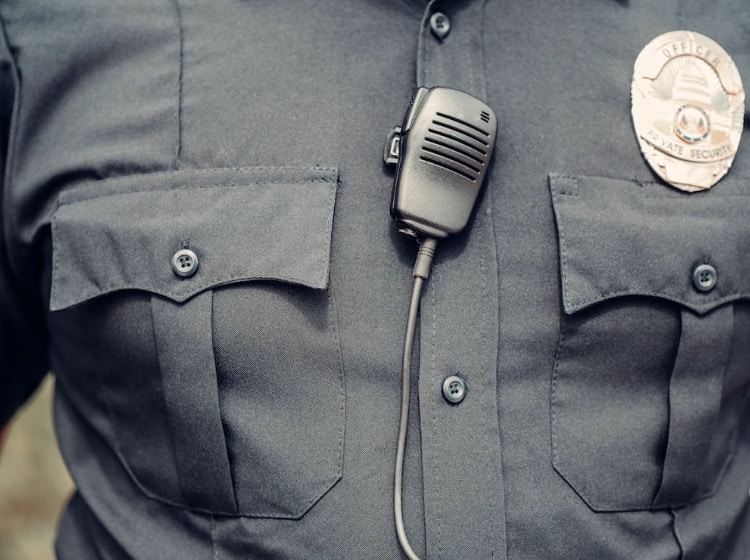The Department of Homeland Security (DHS) on Tuesday announced a body-worn camera policy for all nine law enforcement agencies under its authority.
That includes U.S. Customs and Border Protection (CBP), Immigration and Customs Enforcement (ICE), the U.S. Secret Service and Federal Protective Service.
CBP and ICE agents already have 7,000 body cameras that were issued in 2021. The agencies are currently undergoing a pilot program for their usage.
The first wide-span push for police-worn body cameras occurred during the Obama Administration. They’ve raised a number of ethical, legal and practical questions in the years since.
For instance, the ACLU has raised the question of what, if any, consent is required to initiate camera recording.
There’s also a long-standing debate over how much footage can and should be recorded by a police body cam. Even DHS has noted the difficulties in “storing large quantities of video footage on a compact device,” not to mention battery life, leading to most cameras not constantly recording.
A 2014 report on the New Orleans Police Department found that even when cameras were present in police cars (though not necessarily body cameras), they were only turned on in about a third of “use of force events,” creating what officials called “justified suspicion among citizens.”
A senior DHS official has said that the policy will dictate that all the agencies have a standard for all body-worn camera operations.
“As defined by Agency policy, in all appropriate circumstances when [law enforcement officers] are conducting patrol or are otherwise engaged with the public in response to emergency calls,” the new DHS policy says. “During a pre-planned attempt to serve an arrest warrant or other pre planned arrest, including the apprehension of fugitives sought on state and local warrants; or, during the execution of a search or seizure warrant or order.”
DHS Secretary Alejandro Mayorkas added that the new body camera policy is aimed at gaining the public’s trust.
“Requiring the use of body-worn cameras by our law enforcement officers and agents is another important step DHS is making to bring our law enforcement workforce to the forefront of innovation,” Mayorkas said, “and to further build public trust and confidence in the thousands of dedicated and professional law enforcement officers at DHS.”
There are reportedly about 80,000 law enforcement officers within DHS. It’s not yet clear whether every officer or agent will be required to wear a camera.
“Agency policies shall identify specialized or sensitive investigative techniques or equipment that may require different treatment under the [body-worn camera] policy,” the Department’s policy states.


